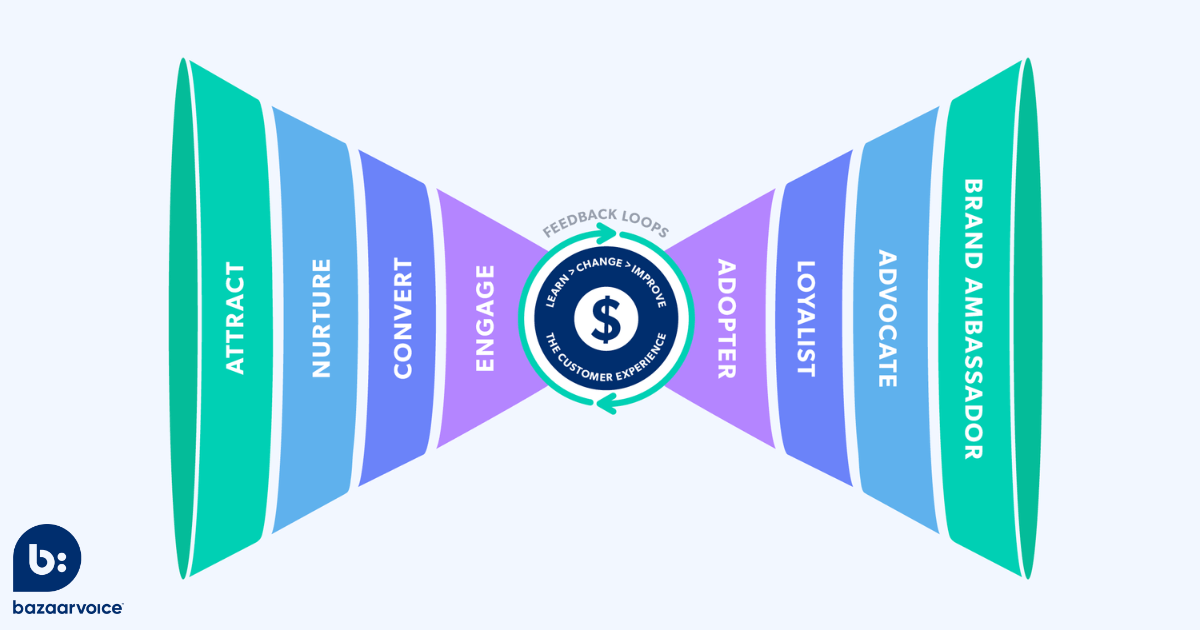April 12, 2021
In an economy where customers care about value and experience more than ever, brands need to learn how to sell solutions when marketing their products and services with a solution-based selling approach.
Traditionally, brands have used a product-based approach in their marketing techniques, by showing how their products stand out from others or how their products are less expensive. But now more than ever, consumers care more about investing in high-value products that offer a specific experience. The problem with product-based selling is that it often relies on the assumption that customers already know the benefits.
In a solution-based sales approach, brands focus on creating a product that solves a specific problem of their ideal customer. Then, marketing is made easy — the brand shows off how it solves those problems.
Solution-based selling has been successfully and traditionally utilized by companies that sell intangible products, like productivity apps, or complex, technical, and highly customizable products or services like HR services or cloud storage.
But all kinds of brands have embraced solution-based selling as of late. From established companies like Cisco and Dell, to up and comers like Planoly and Click Up. Brands that have traditionally used product-based marketing, like beauty brand Pacifica, have begun using solution-based marketing, by marketing products based on the problems they solve, like dry or oily skin.
Learn how to sell solutions in 3 steps
See how these brands use solution-based selling to advertise to their ideal clients — and how you can implement it effectively in your own marketing.
1. Figure out what needs to be solved
The most effective way to figure out the problems your products solve for your ideal customer is to simply ask them. Once you’ve identified your customer, reach out to them and ask them about their pain points. Solution-based selling focuses on listening first before telling your customer what they need, that way you can sell to them based on unique aspects of your product.
For example, on Cisco’s website the company asks small businesses to answer a few questions before they try to sell them their services, that way they can ensure they are meeting their needs in the sales pitch.
Planoly knew brands wanted a content planner that easily allowed them to visually plan their Instagram feed in advance. Productivity app Click Up discovered companies most want to save time and consolidate how many programs they use.
2. Identify who your customers are
Before you can come up with problems your product needs to solve, you need to identify your ideal client. Identify who will most benefit from the product you’ve created.
For example, social media planner Planoly knows its product benefits social media managers, small business owners, entrepreneurs, and influencers who want to streamline content creation, save time, and have the ability to visually plan their content ahead of time.
Cisco chose to focus on providing IT services to small businesses. These are specifically businesses that are big enough to require technical support, but too small to be ready to invest in hiring IT employees.
3. Advertise an experience that has a solution
Once you’ve identified the problems your client struggles with, you can identify how your product meets their needs, and know how to sell it as a solution. Instead of focusing on the features of your product, share with clients how the product resolves their problem.
In its marketing, Planoly emphasizes that it’s a tool that “simplifies social marketing.” Click Up emphasizes how it saves time — touting that it helps businesses “save one day every week”— and is one app that can replace the multitude you’re having to switch between. During the pandemic, Cisco pivoted to market the ways they can help small businesses switch to remote working and manage their employees needs from afar.
The pandemic has transformed the way consumers spend money. Bazaarvoice research shows that given a turbulent economy and a stressful season for many, customers put value above other product benefits and want to know the ways they spend money will bring them positive experiences. It’s more important than ever to know how to sell solutions instead of products.









